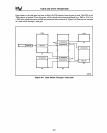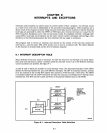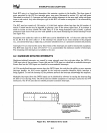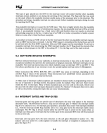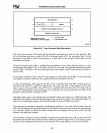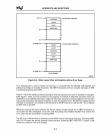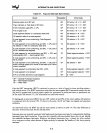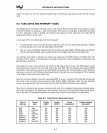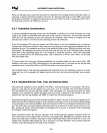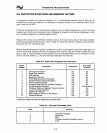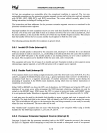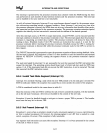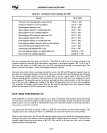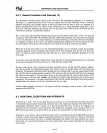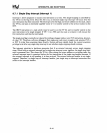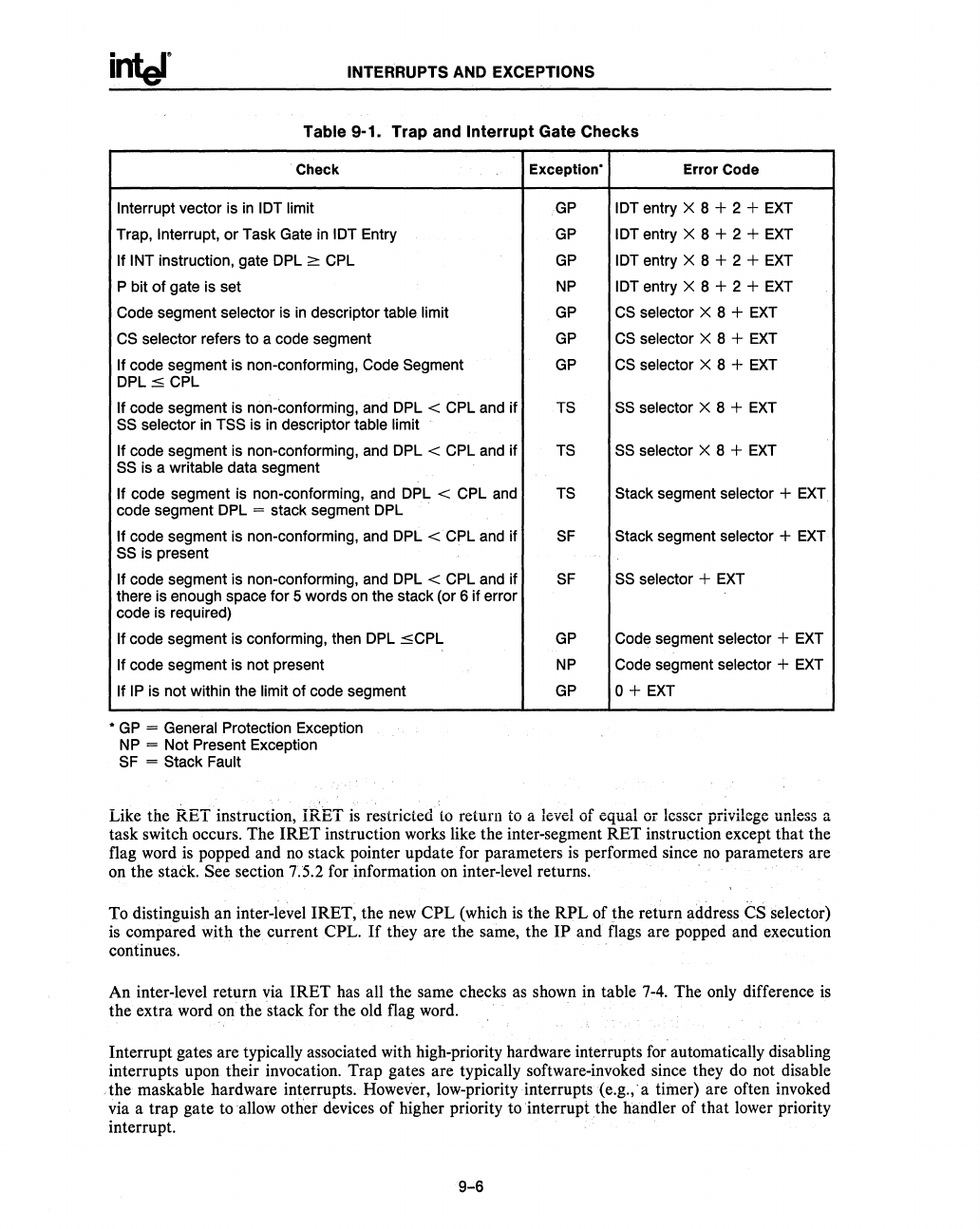
INTERRUPTS
AND
EXCEPTIONS
Table 9-1,
Trap and
Interrupt
Gate Checks
Check
Interrupt vector
is
in
lOT
limit
Trap, Interrupt, or Task Gate
in
lOT
Entry
If
INT
instruction, gate
OPL
~
CPL
P bit of gate is
set
Code segment selector
is
in
descriptor table
limit
CS selector refers to a code segment
If
code segment
is
non-conforming, Code Segment
OPL
=:;
CPL
If
code segment
is
non-conforming, and
OPL
<
CPL
and
if
SS
selector
in
TSS
is
in
descriptor table
limit
If
code segment is non-conforming, and
OPL
< CPL and
if
SS
is
a writable data segment
If
code segment
is
non-conforming, and
OPL
< CPL and
code segment
OPL
= stack segment
OPL
If
code segment is non-conforming, and
OPL
<CPL
and
if
SS
is
present
If
code segment is non-conforming, and
OPL
<
CPL
and
if
there
is
enough space for 5 words on the stack (or 6
if
error
code is required)
If
code segment
is
conforming, then
OPL
=:;CPL
If
code segment
is
not present
If
IP
is not
within
the
limit
of code segment
•
GP
= General Protection Exception
NP
=
Not
Present Exception
SF = Stack Fault
, '
','.
Exception'
Error Code
GP
lOT
entry X 8 + 2 +
EXT
GP
IDTentry X 8 + 2 +
EXT
GP
lOT
entry X 8 + 2 +
EXT
NP
lOT
entry X 8 + 2 +
EXT
GP
CS selector X 8 +
EXT
GP
CS selector X 8 +
EXT
GP
CS selector X 8 +
EXT
T8
88
selector X 8 +
EXT
TS
SS selector X 8 +
EXT
TS Stack segment selector +
EXT
SF Stack segment selector +
EXT
SF SS selector +
EXT
GP
Code segment selector +
EXT
NP
Code segment selector +
EXT
GP
0+
EXT
Like the
RET
instruction,
ntET
is
restricted
to
return to a level
of
equal or lesscr privilege unless a
task switch occurs. The
IRET
instruction works like the inter-segment
RET
instruction except
that
the
flag
word
is popped and
no
stack pointer update for parameters
is
performed since
no
parameters are
on the stack.
See section 7:5.2 for information on inter-level returns. '
To distinguish an inter-ievel
IRET,
the
new
CPL
(which is the
RPL
of the return
addr~ss
CS
selector)
is compared with the current CPL.
If
they are the same, the
IP
and flags are popped and execution
continues. '
An
inter-level return via
IRET
has all the same checks as shown in table
7-4.
The only difference
is
the
extra
word
on
the stack for the old flag word.
Interrupt gates are typically associated with high-priority hardware interrupts for automatically disabling
interrupts upon their invocation. Trap gates are typically software-invoked since they do not disable
,the
maskable hardware interrupts. However, low-priority interrupts
{e.g.;a
timer) are often invoked
via a
trap
gate to allow other devices
of
higher priority to 'interrupt
the
handler of
that
lower priority
interrupt.
9-6



